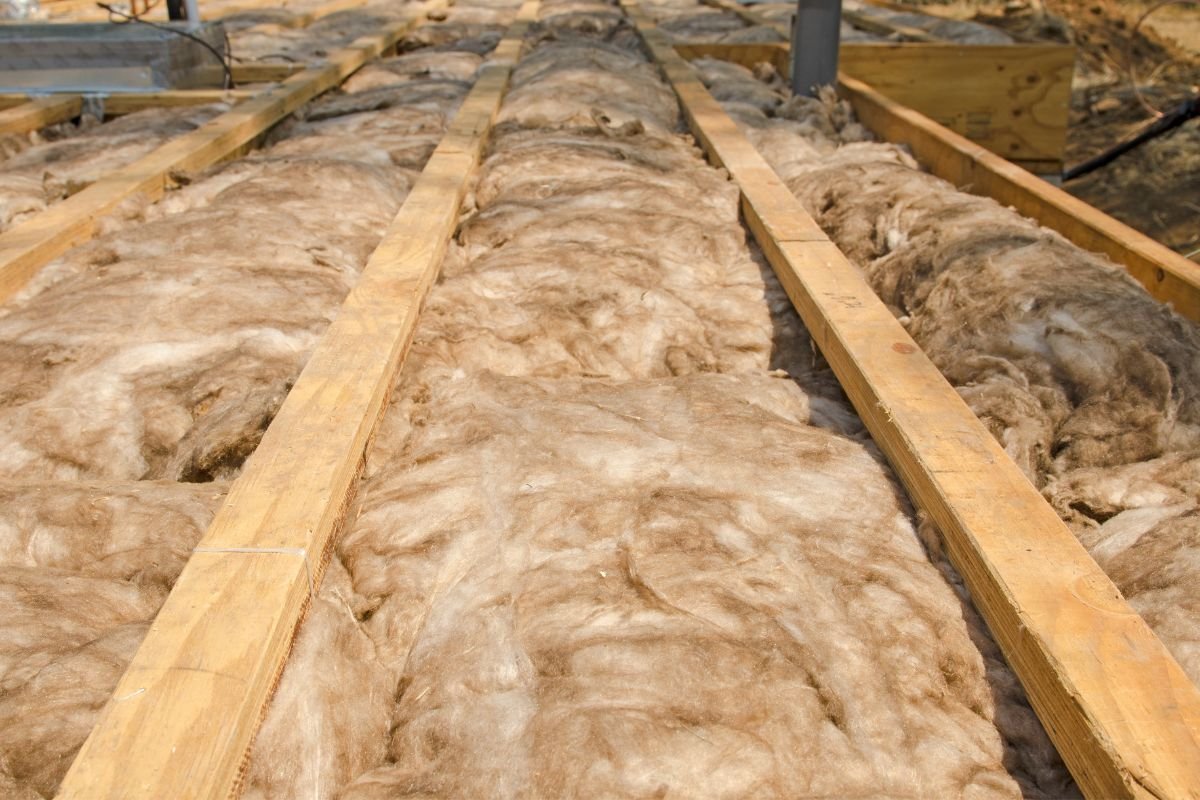

Articles
How To Tell If Insulation Is Asbestos
Modified: January 6, 2024
Learn how to determine if your insulation contains asbestos with our informative articles. Stay safe and informed with our expert advice!
(Many of the links in this article redirect to a specific reviewed product. Your purchase of these products through affiliate links helps to generate commission for Storables.com, at no extra cost. Learn more)
Introduction
When it comes to home insulation, it’s important to be aware of the potential presence of asbestos. Asbestos is a naturally occurring mineral that was commonly used in building materials, including insulation, due to its excellent fire resistance and thermal properties. However, it was later discovered that asbestos exposure can lead to serious health risks, including lung diseases such as mesothelioma and asbestosis.
In this article, we will explore what asbestos is, why it was used in insulation, the health risks associated with it, and how to determine if your insulation contains asbestos. We will also provide guidance on how to safely remove and dispose of asbestos insulation if necessary.
Understanding the presence of asbestos in insulation is crucial for homeowners, especially those living in older houses that were built before the ban on asbestos in construction materials. By learning how to identify and address asbestos in insulation, you can take the necessary steps to protect yourself and your loved ones from potential health hazards.
Key Takeaways:
- Asbestos, once a popular insulation material, poses severe health risks. Visual inspection, lab testing, and professional inspectors are crucial for identifying and safely managing asbestos-containing insulation in older properties.
- Removing asbestos insulation requires professional expertise and strict safety measures. Hiring licensed abatement contractors and following disposal guidelines are essential for minimizing health hazards and ensuring a safe living environment.
What is asbestos?
Asbestos is a group of naturally occurring minerals that are made up of microscopic fibers. It was widely used in various industries, including construction and insulation, from the 1930s to the 1970s due to its desirable properties. The most common types of asbestos include chrysotile, amosite, and crocidolite.
Asbestos has several characteristics that made it popular for insulation purposes. It is highly resistant to heat, fire, and chemical damage, making it an ideal material for insulating buildings and protecting against fires. Additionally, it has excellent sound absorption properties, making it useful for reducing noise transmission.
However, despite its beneficial properties, asbestos has been linked to severe health hazards. When materials containing asbestos are disturbed or damaged, microscopic fibers can be released into the air. These fibers are so small that they can easily be inhaled or ingested without detection. Over time, repeated exposure to asbestos fibers can lead to serious respiratory diseases and cancers.
It is important to note that the use of asbestos in most products, including insulation, has been banned in many countries due to its health risks. However, due to the long lifespan of buildings, especially older ones, asbestos-containing materials may still be present in properties built before the ban. Therefore, it is essential to be aware of the potential presence of asbestos in insulation and take appropriate measures to ensure your safety.
Why is asbestos used in insulation?
Asbestos was commonly used in insulation materials due to its exceptional thermal and fire-resistant properties. It was considered a versatile and effective insulating material for various applications in buildings and homes. Here are some reasons why asbestos was used in insulation:
- Fire resistance: Asbestos is highly resistant to fire and heat. It can withstand high temperatures without melting or disintegrating, making it an ideal material for insulating areas that are prone to extreme heat, such as around furnaces and boilers.
- Thermal properties: Asbestos has excellent thermal insulation properties. It can trap and retain heat, which helps to maintain a stable and comfortable indoor temperature. This made it a popular choice for insulating walls, ceilings, and pipes.
- Sound absorption: Asbestos also has good sound absorption capabilities. It can help reduce noise transmission between different areas of a building, making it useful for insulating walls, floors, and ceilings to create a quieter living or working environment.
- Durability and longevity: Asbestos is a highly durable material, capable of withstanding wear and tear over long periods of time. It does not degrade easily, making it a preferred choice for insulation materials that need to last for many years.
While asbestos provided many advantages for insulation purposes, its use was eventually discontinued due to its associated health risks. It was discovered that prolonged exposure to asbestos fibers can lead to serious respiratory diseases and cancers. As a result, the use of asbestos in insulation and other building materials has been banned in many countries.
However, it is important to note that asbestos-containing insulation may still be present in older properties. It is recommended to identify and address any potential asbestos insulation to ensure the safety of occupants and prevent exposure to harmful fibers.
Health risks of asbestos exposure
Exposure to asbestos fibers can pose significant health risks, as it has been linked to various respiratory diseases and cancers. The health effects of asbestos exposure may not manifest immediately, but they can develop over time due to the accumulation of asbestos fibers in the lungs. Here are some of the potential health risks associated with asbestos exposure:
- Mesothelioma: Mesothelioma is a rare and aggressive form of cancer that primarily affects the lining of the lungs, abdomen, or heart. It is almost exclusively caused by exposure to asbestos fibers, with symptoms typically appearing several decades after exposure. Unfortunately, mesothelioma is usually diagnosed at an advanced stage, making it difficult to treat effectively.
- Asbestosis: Asbestosis is a chronic lung condition that occurs due to the prolonged inhalation of asbestos fibers. It leads to the scarring of lung tissue, which can cause breathing difficulties, coughing, and chest pain. While there is no cure for asbestosis, treatments can help manage symptoms and improve the quality of life for affected individuals.
- Lung cancer: Exposure to asbestos increases the risk of developing lung cancer. Smokers who are also exposed to asbestos have a significantly higher risk of developing lung cancer compared to non-smokers. Symptoms of asbestos-related lung cancer include persistent coughing, chest pain, and difficulty breathing.
- Pleural diseases: Asbestos exposure can lead to diseases affecting the lining of the lungs, known as the pleura. These diseases include pleural plaques, pleural effusion, and pleural thickening. While these conditions may not be as severe as mesothelioma or lung cancer, they can still cause discomfort and impair lung function.
It is important to note that the severity of health risks depends on the duration and intensity of exposure to asbestos fibers. Even short-term exposure can be dangerous, as just a few asbestos fibers can cause harm if inhaled or ingested. Therefore, it is crucial to take precautions and appropriate measures to minimize the risk of asbestos exposure, especially when dealing with insulation materials in older buildings.
If you suspect that you have been exposed to asbestos or are experiencing any respiratory symptoms, it is essential to consult a healthcare professional for proper evaluation and guidance.
How to identify asbestos insulation
Identifying asbestos insulation can be challenging, as it is often hidden within the structure of buildings and not easily identifiable by sight alone. However, there are several methods and indicators that can help in determining whether your insulation contains asbestos. Here are some steps you can take to identify asbestos insulation:
- Visual inspection: Start by visually inspecting your insulation. Asbestos insulation is commonly found in older properties, particularly those built before the 1980s. Look for insulation materials that appear grayish-white, fibrous, or fluffy, as they could potentially contain asbestos. However, note that visual inspection alone is not enough to confirm the presence of asbestos, as other insulation materials may resemble asbestos-containing insulation.
- Lab testing: To accurately determine if your insulation contains asbestos, it is recommended to have a sample of the material tested by a certified asbestos laboratory. Carefully collect a small sample of the insulation using protective gloves and place it in a sealed container. Contact a professional asbestos testing laboratory to send the sample for analysis. They will use specialized techniques, such as polarized light microscopy, to identify the presence of asbestos fibers.
- Hiring a professional asbestos inspector: If you are unsure about identifying asbestos insulation on your own or if you suspect extensive asbestos contamination in your property, it is advisable to hire a professional asbestos inspector. These specialists have the expertise and equipment to safely identify and assess asbestos-containing materials, including insulation. They will conduct thorough inspections and may take samples for testing to provide accurate results.
Remember, asbestos-containing insulation can be extremely hazardous if disturbed or deteriorating, releasing asbestos fibers into the air. Therefore, it is crucial to exercise caution when handling or inspecting potential asbestos-containing materials. Always wear personal protective equipment, such as gloves and a respirator, and follow appropriate safety procedures.
It is important to note that visual inspection and even lab testing cannot guarantee the absence of asbestos in insulation. If your insulation is suspected of containing asbestos or if you are planning renovations or remodeling that may disturb the insulation, it is recommended to consult with professionals experienced in asbestos abatement for proper advice and safe removal procedures.
When inspecting insulation for asbestos, look for a date stamp on the material. Asbestos was commonly used in insulation before the 1980s, so if the material predates this, it may contain asbestos. If in doubt, have a professional test the insulation.
Read more: How To Tell If Siding Is Asbestos
Visual inspection
Visual inspection is the first step in identifying asbestos insulation. While it may not provide a definitive confirmation of asbestos presence, it can help you initially assess the likelihood of asbestos-containing materials. Here are some visual indicators to look for during your inspection:
- Age of the property: Asbestos insulation was commonly used in buildings constructed before the 1980s. If your property is older and has not been renovated or had its insulation replaced, there is a higher likelihood of asbestos-containing materials being present.
- Appearance and texture: Asbestos insulation typically has a grayish-white color and a fibrous or fluffy texture. It may resemble cotton candy or have a popcorn-like appearance. However, it’s important to note that visual examination alone is not sufficient to confirm the presence of asbestos, as other insulation materials may have a similar appearance.
- Identification labels or markings: Insulation materials containing asbestos may have identification labels or markings indicating the presence of asbestos. Look for any labels or markings on the insulation or nearby equipment that may provide information regarding asbestos content.
- Location of the insulation: Asbestos insulation was commonly used in attics, crawlspaces, pipes, boilers, and HVAC ducts. Check these areas for any suspicious insulation materials. Additionally, be aware that asbestos may have been used in other applications such as roofing materials or floor tiles.
- Deterioration or damage: Insulation materials that contain asbestos pose a higher risk if they are damaged or deteriorating. Check for signs of crumbling, breakage, water damage, or degradation. If the insulation is falling apart or has signs of wear, it is crucial to treat it with caution as it may release asbestos fibers.
While visual inspection can provide initial insights, it is important to remember that asbestos-containing materials cannot be conclusively identified solely by appearance. To confirm the presence of asbestos, it is recommended to have a sample of the insulation tested by a certified asbestos laboratory. This ensures accurate analysis using specialized techniques.
If you are unsure or suspect that you have encountered asbestos-containing insulation, it is crucial to prioritize your safety. Refrain from disturbing the material and seek professional guidance from a certified asbestos professional for further assessment and appropriate next steps.
Lab testing
Lab testing is a crucial step in accurately identifying asbestos insulation. While visual inspection can provide initial clues, it cannot definitively confirm the presence of asbestos. If you suspect that your insulation contains asbestos, it is recommended to have a sample of the material tested by a certified asbestos laboratory. Here’s how the lab testing process typically works:
- Safety precautions: Before collecting a sample, it is vital to take necessary safety precautions. Asbestos fibers can be harmful when inhaled or ingested, so wear personal protective equipment, such as gloves and a respirator, during the sampling process.
- Sample collection: Carefully collect a small sample of the insulation material suspected to contain asbestos. Use a spray bottle with water to minimize the release of fibers. Place the sample in a sealed container, such as a plastic bag, to prevent contamination.
- Choose a certified asbestos laboratory: Look for a certified asbestos laboratory recognized by your local government or accreditation organizations. These laboratories have the expertise and specialized equipment to accurately analyze the sample for the presence of asbestos fibers.
- Submit the sample for analysis: Contact the chosen asbestos laboratory to arrange for the submission of the sample. Follow their instructions regarding sample packaging, labeling, and delivery. Be sure to provide any relevant information, such as the suspected presence of asbestos and the location of the insulation.
- Testing procedures: The laboratory will use approved testing methods, such as polarized light microscopy (PLM) or transmission electron microscopy (TEM), to analyze the sample. These techniques can identify and quantify the presence of asbestos fibers in the insulation material.
- Receive the test results: Once the analysis is complete, the laboratory will provide you with a report detailing the presence and concentration of asbestos fibers in the insulation sample. This report will inform you if the insulation contains asbestos and the percentage of asbestos fibers present.
Lab testing is a crucial step in accurately determining the presence of asbestos in insulation. It provides objective and scientific evidence to help you make informed decisions regarding the management or removal of asbestos-containing insulation.
Remember, handling asbestos-containing materials can be hazardous. Always consult with professionals and follow appropriate safety protocols when collecting and submitting samples for testing. If asbestos is confirmed, consider seeking advice from asbestos abatement professionals for safe removal procedures to minimize the risk of exposure.
Hiring a professional asbestos inspector
When it comes to identifying and assessing the presence of asbestos insulation, hiring a professional asbestos inspector can provide you with expert knowledge and peace of mind. These professionals have the necessary training, experience, and equipment to accurately evaluate the presence of asbestos in your property. Here’s what you need to know about hiring a professional asbestos inspector:
- Research and credentials: Start by researching reputable asbestos inspection companies in your area. Look for professionals who are certified, licensed, and experienced in asbestos inspections. Check their credentials, certifications, and customer reviews to ensure their expertise and reliability.
- On-site inspection: Contact the chosen asbestos inspector to schedule an on-site inspection. During the inspection, the professional will thoroughly examine your property, including the insulation materials, to identify any potential asbestos-containing materials. They will inspect areas such as attics, basements, crawlspaces, and HVAC systems, where insulation is commonly found.
- Sampling and analysis: If the inspector identifies materials suspected to contain asbestos, they may collect samples for laboratory analysis. These samples will be sent to a certified asbestos testing laboratory to confirm the presence of asbestos fibers. The analysis will determine the type and concentration of asbestos in the insulation material.
- Comprehensive report: After the inspection and analysis, the professional asbestos inspector will provide you with a detailed report. The report will outline their findings, including the presence of asbestos-containing insulation, the location and condition of the materials, and recommendations for further actions, such as removal or encapsulation.
- Expert advice and guidance: One of the key benefits of hiring a professional asbestos inspector is their expertise and guidance. They can help you understand the potential risks associated with asbestos insulation and provide recommendations on how to properly manage or remove it. They will also explain any legal requirements or regulations related to asbestos management in your area.
- Follow-up services: In some cases, professional asbestos inspectors may offer additional services, such as project management for asbestos removal or monitoring the condition of insulation materials over time. They can guide you through the process of safely removing asbestos-containing insulation or properly maintaining it to minimize the risk of fibers being released into the environment.
Hiring a professional asbestos inspector is highly recommended, especially if you are unsure or suspect the presence of asbestos insulation. Their expertise and thorough assessment can help you make informed decisions regarding the management, encapsulation, or removal of asbestos-containing insulation to ensure the safety of occupants and comply with regulations.
Remember to verify the qualifications and certifications of the asbestos inspector before hiring them. By working with professionals, you can address any asbestos-related concerns in a systematic and safe manner.
Removing and disposing of asbestos insulation
Removing and disposing of asbestos insulation should always be approached with caution and should only be done by trained professionals. Improper handling and disposal of asbestos-containing materials can release harmful fibers into the air, posing a risk to your health and the environment. Here are the general steps involved in safely removing and disposing of asbestos insulation:
- Hire a licensed asbestos abatement contractor: It is crucial to engage a licensed and experienced asbestos abatement contractor to handle the removal process. These professionals have the necessary training, equipment, and knowledge to safely remove asbestos insulation while minimizing the risk of fiber release.
- Develop an abatement plan: The asbestos abatement contractor will develop a comprehensive plan specific to your property. This plan will include details such as containment measures, removal procedures, and safety protocols to ensure that the removal is done safely and efficiently.
- Prepare the work area: Before starting the removal process, the contractor will establish a contained work area to prevent the spread of asbestos fibers. They will seal off the area using plastic sheeting and install air filtration systems to maintain a negative pressure environment, preventing fibers from escaping.
- Wear appropriate protective gear: The abatement personnel will wear personal protective equipment (PPE) to minimize their exposure to asbestos fibers. This typically includes disposable coveralls, gloves, respirators, and shoe covers.
- Wet removal: To prevent the release of fibers into the air, the asbestos insulation is wetted with a specialized solution to minimize dust and fiber dispersion. Wet removal techniques involve carefully removing the insulation without damaging or disturbing it further.
- Proper containment and packaging: The removed asbestos insulation is placed into leak-tight, labeled containers, specifically designed for asbestos disposal. These containers are then sealed and properly marked to indicate the presence of asbestos.
- Disposal at an approved facility: The asbestos waste is transported by a licensed hazardous waste carrier to an approved disposal facility. These facilities are designed to handle and dispose of asbestos-containing materials in an environmentally safe manner.
- Post-removal cleanup: After the removal process is complete, the work area undergoes thorough decontamination. This includes HEPA vacuuming and wet cleaning of surfaces to remove any residual asbestos fibers. Air quality tests may also be conducted to ensure the area is safe for reoccupation.
It is crucial to comply with local regulations and guidelines regarding asbestos removal and disposal. Failure to do so can result in severe penalties and health hazards. Always consult with professionals and follow the appropriate protocols when dealing with asbestos-containing materials.
Remember, asbestos removal is not a DIY project. It requires specialized training, equipment, and knowledge to ensure the safety of everyone involved. Seek professional assistance from licensed asbestos abatement contractors to handle the removal and disposal process safely and efficiently.
Read more: How To Tell If Ceiling Tiles Are Asbestos
Conclusion
Asbestos insulation, once widely used for its fire resistance and thermal properties, poses a significant health risk when disturbed or deteriorating. It is crucial to be aware of the potential presence of asbestos in insulation, especially in older properties constructed before the ban on asbestos-containing materials.
In this article, we have explored what asbestos is, why it was used in insulation, the health risks associated with exposure, and how to identify asbestos insulation. We have emphasized the importance of visual inspection, lab testing, and hiring professional asbestos inspectors to accurately determine the presence of asbestos-containing materials.
If asbestos insulation is confirmed, it is essential to prioritize safety and take appropriate measures. Hiring a licensed asbestos abatement contractor is crucial for the safe removal and disposal of asbestos-containing insulation, as improper handling can release harmful fibers and pose health risks. Always follow established protocols, wear appropriate protective equipment, and comply with local regulations and guidelines.
Remember, asbestos-related diseases can have serious and long-lasting health consequences. Early identification, proper management, and professional removal of asbestos insulation are key to protecting yourself, your family, and those who may come into contact with your property.
If you suspect the presence of asbestos insulation, don’t hesitate to consult with asbestos professionals for expert guidance. By being proactive and informed, you can ensure a safe living environment and mitigate the potential health risks associated with asbestos exposure.
Frequently Asked Questions about How To Tell If Insulation Is Asbestos
Was this page helpful?
At Storables.com, we guarantee accurate and reliable information. Our content, validated by Expert Board Contributors, is crafted following stringent Editorial Policies. We're committed to providing you with well-researched, expert-backed insights for all your informational needs.
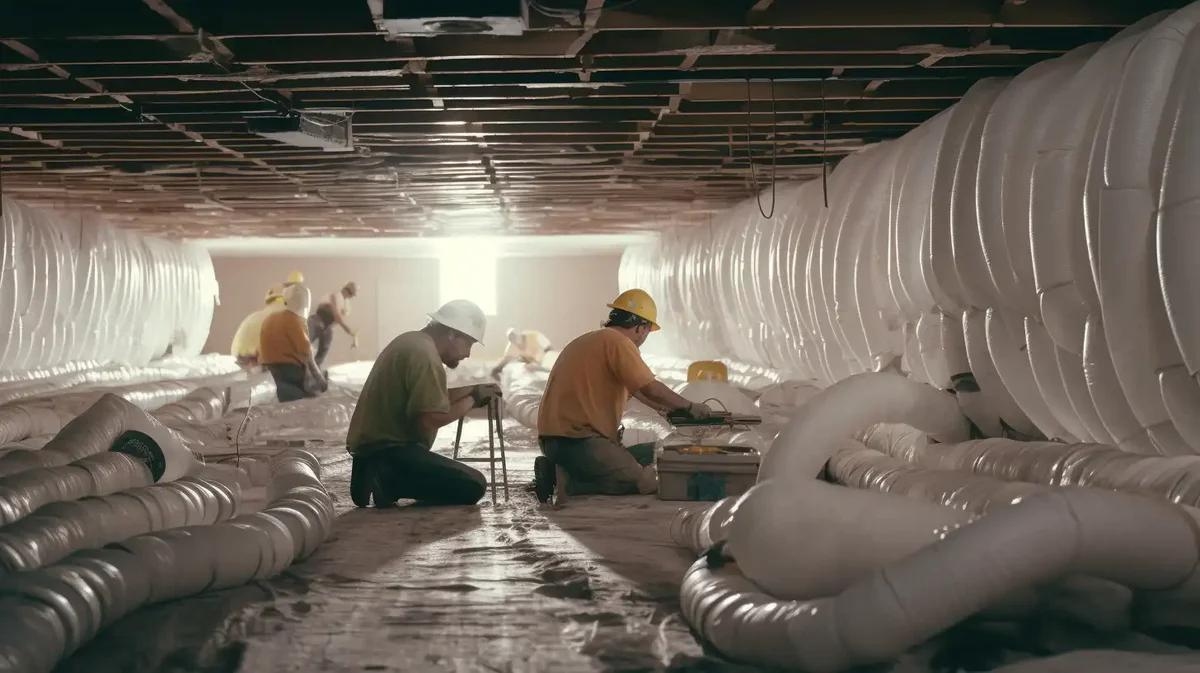
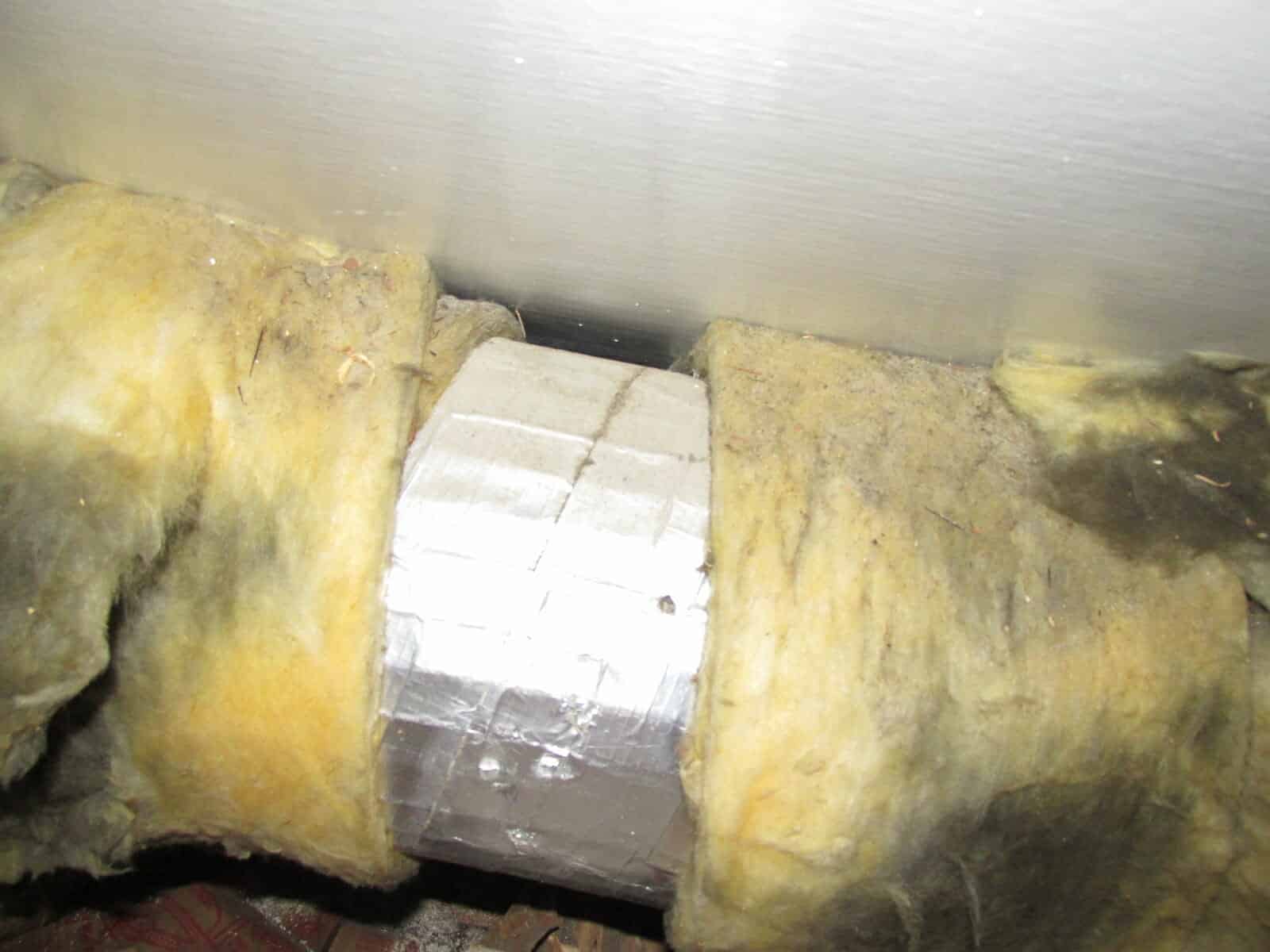
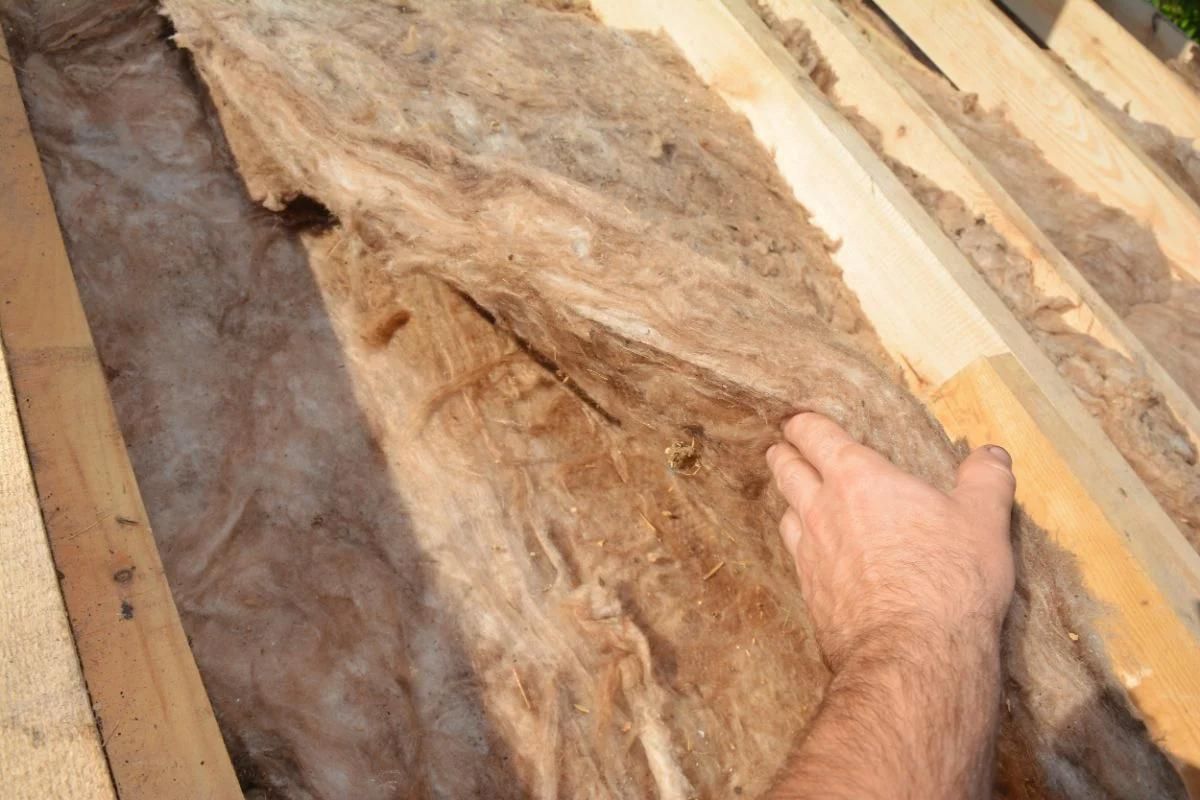

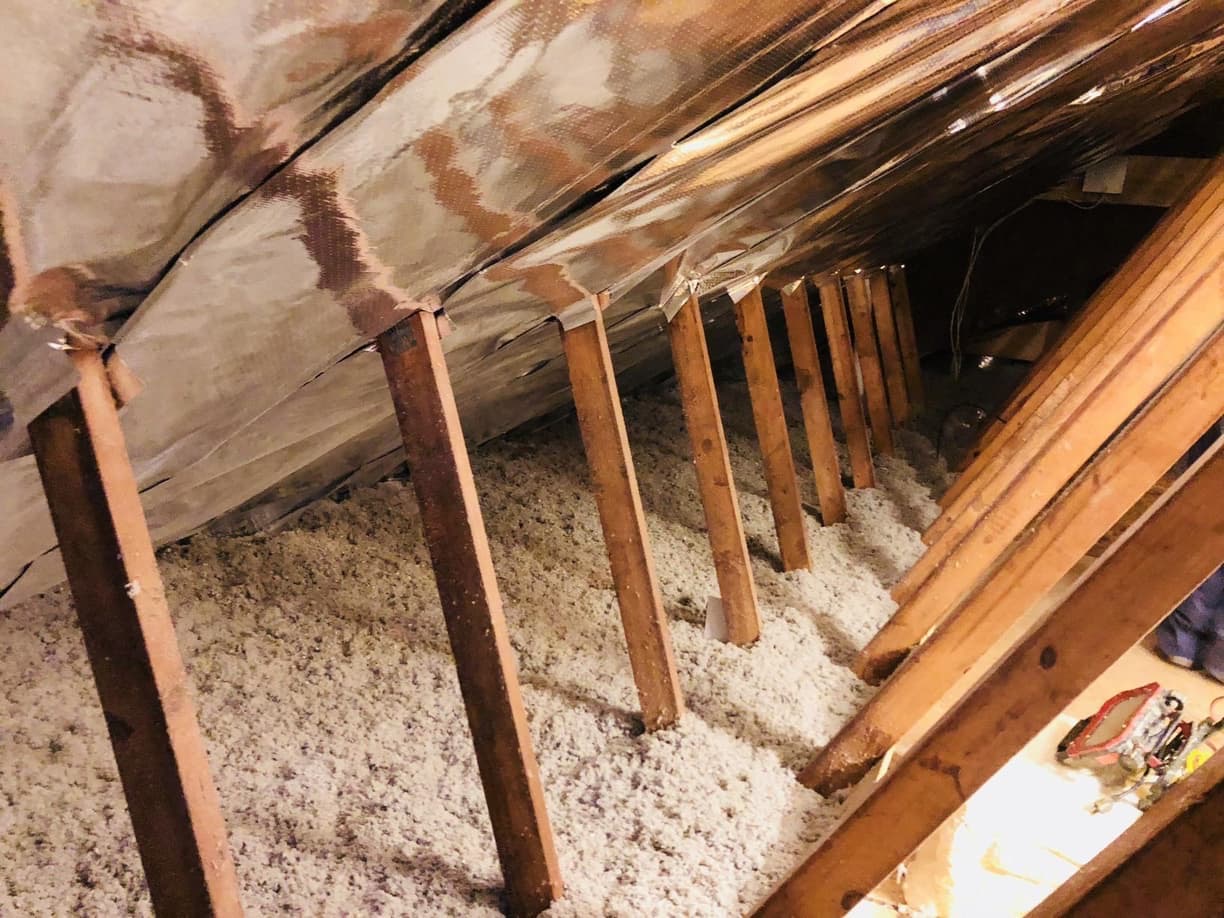
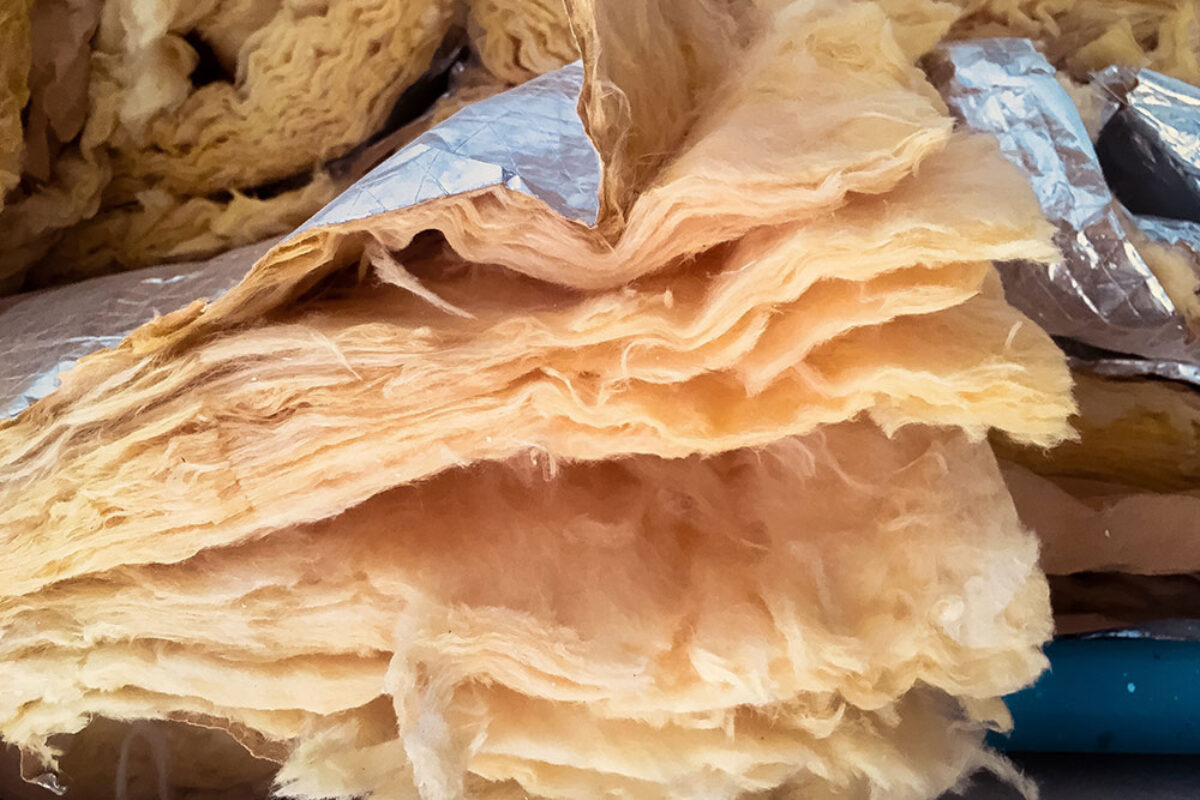
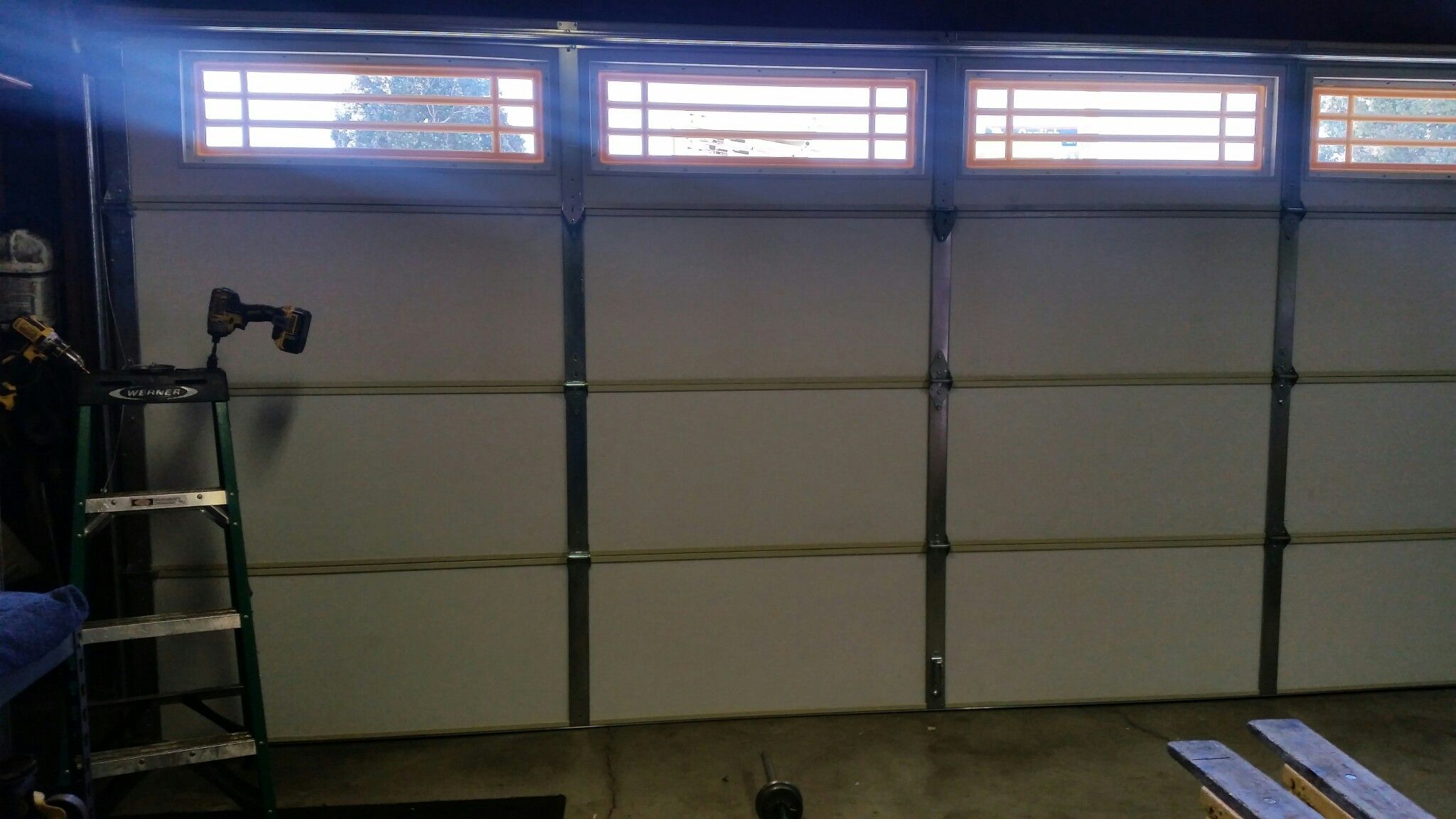
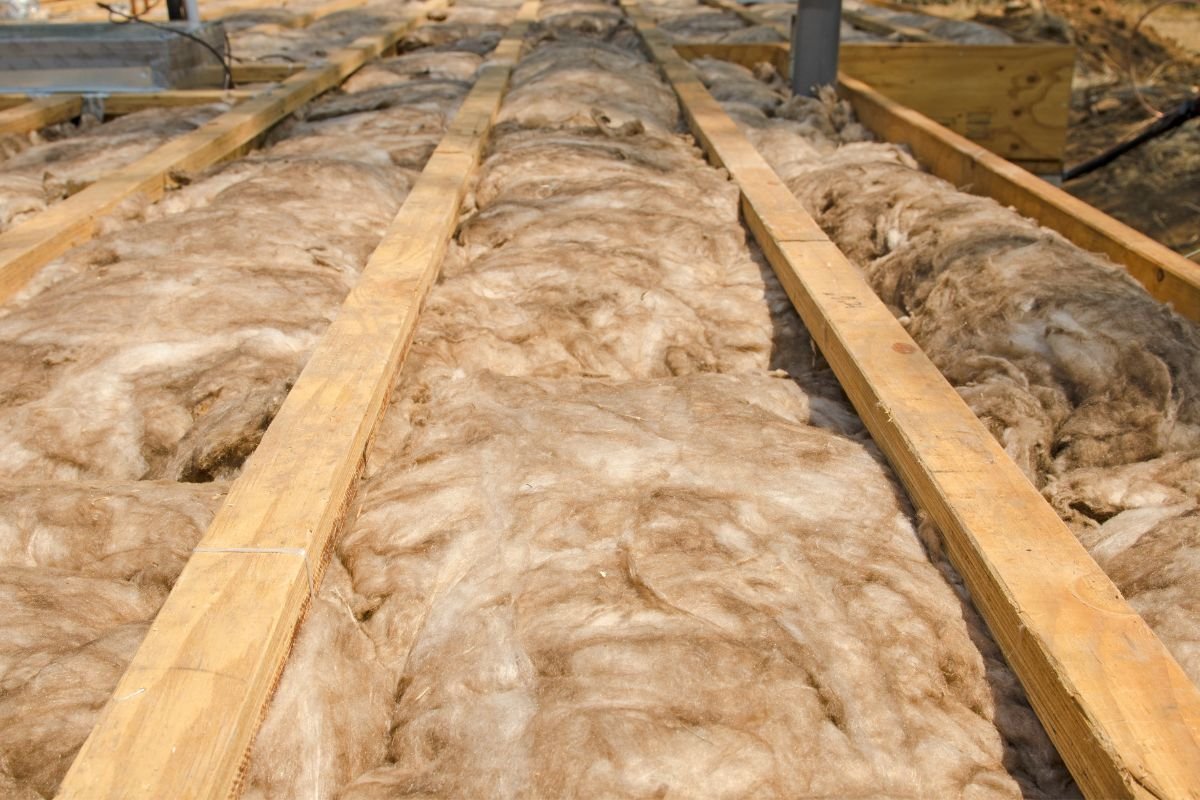
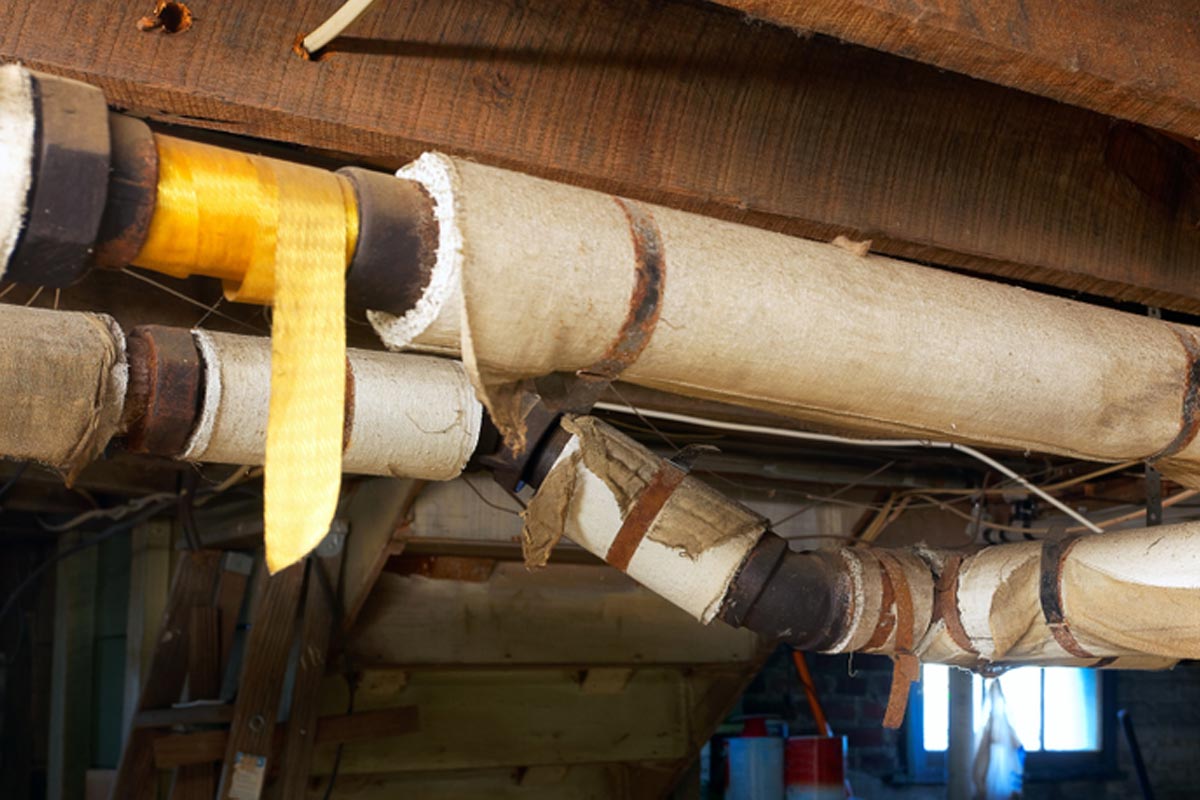
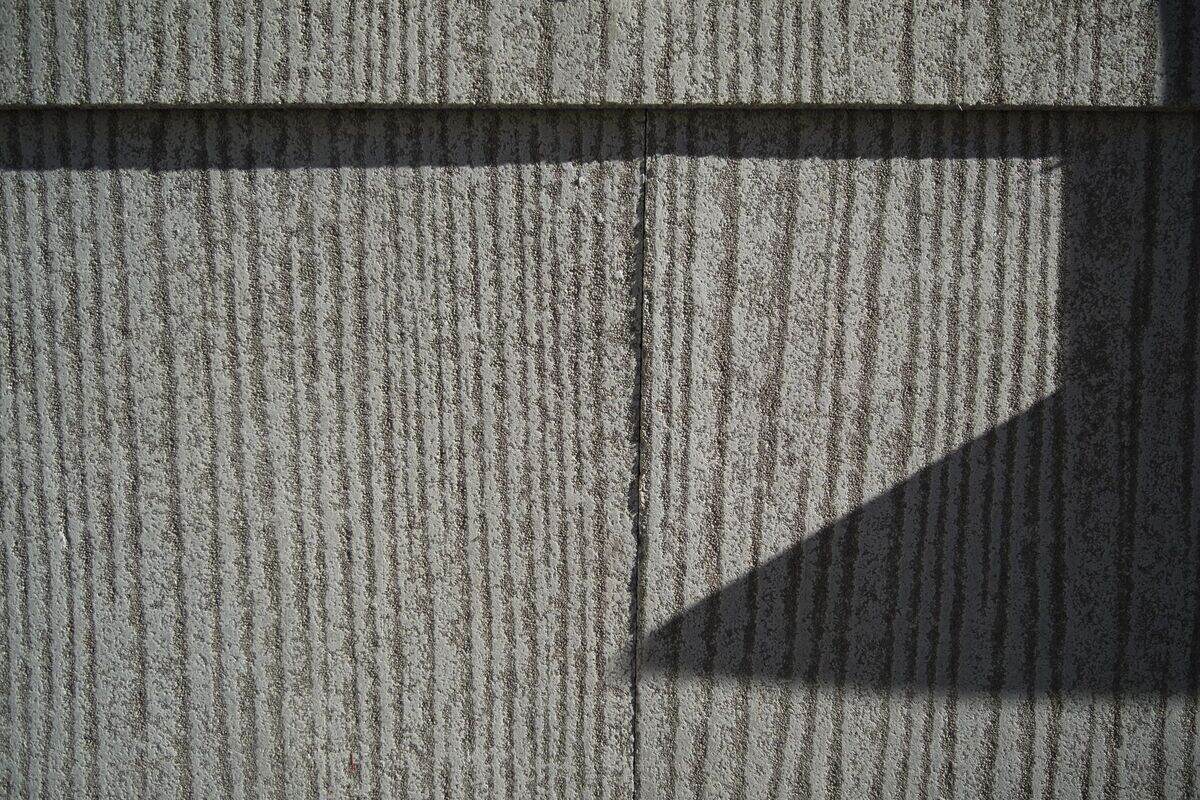
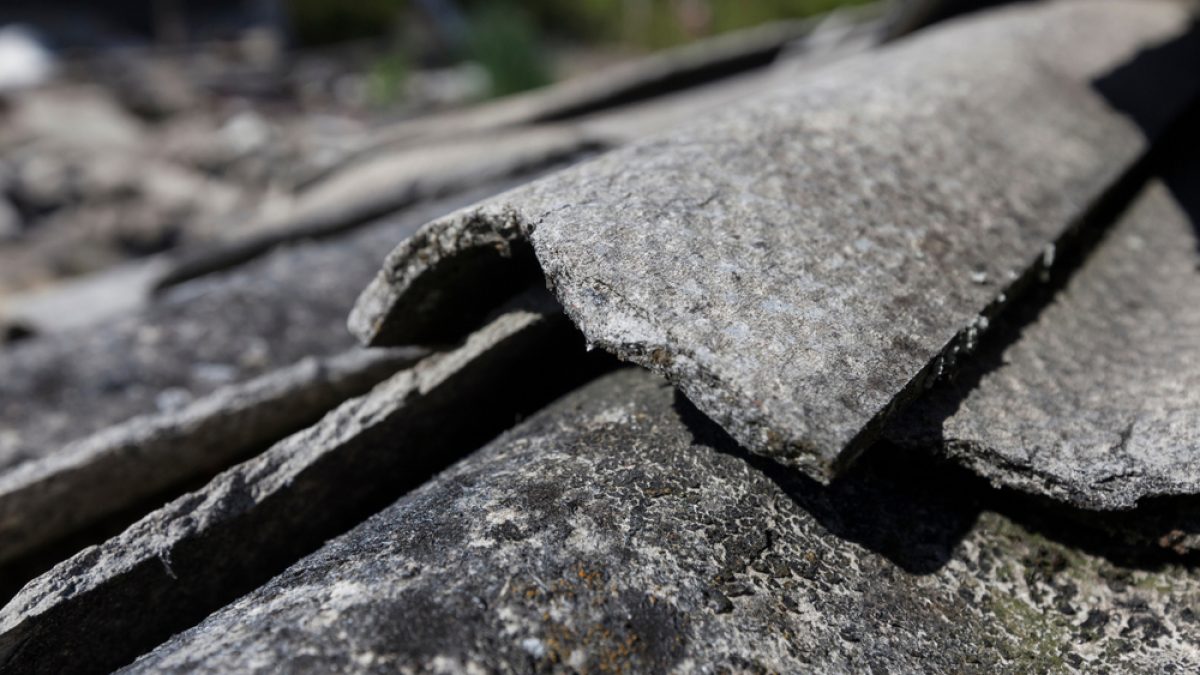
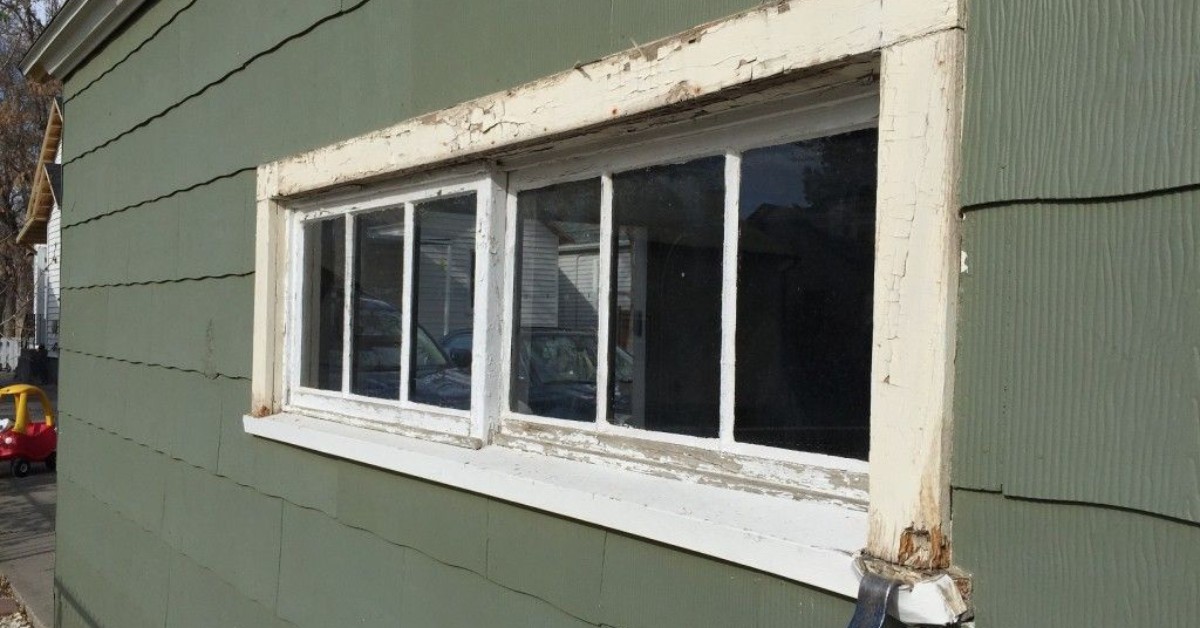
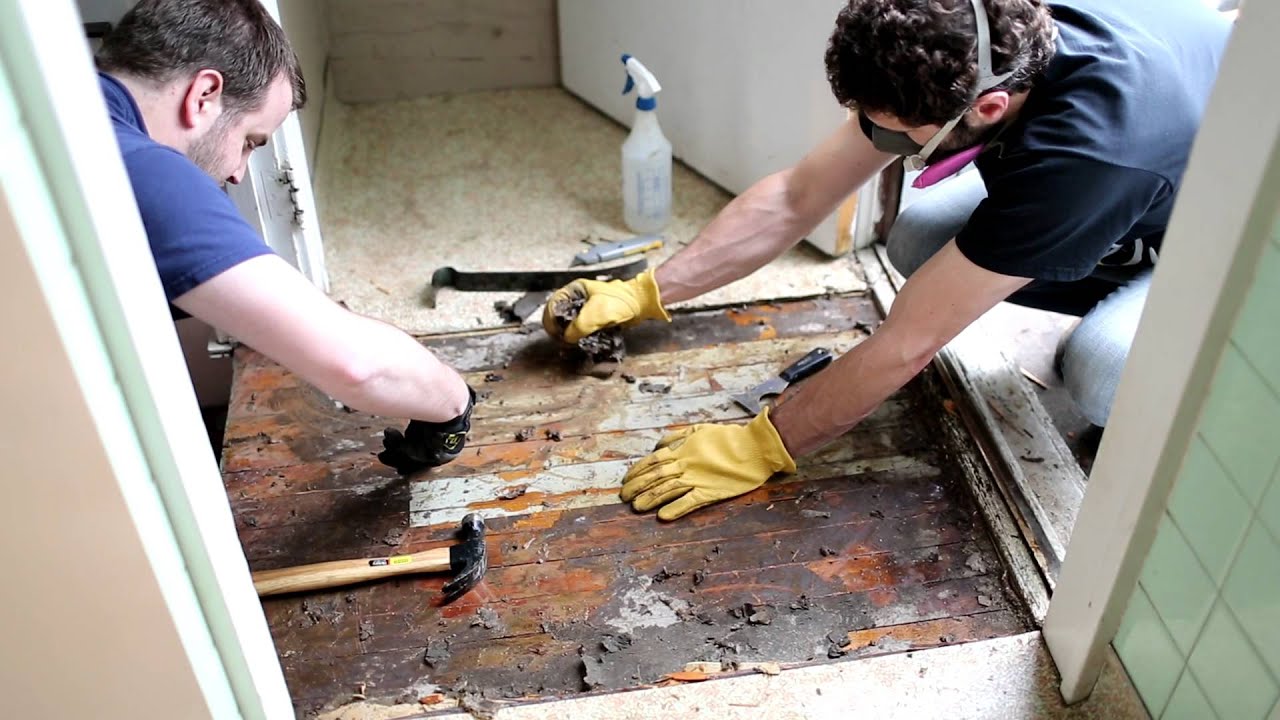

0 thoughts on “How To Tell If Insulation Is Asbestos”